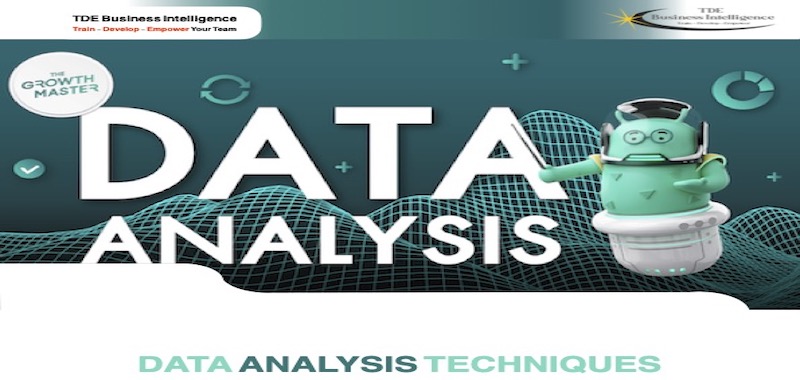
SCHEDULE
| Dates | Venue | Category |
| 6-10 March 2023 | Kuala Lumpur- Malaysia | Data Management |
| 24-28 April 2023 | Port Moresby – Papua New Guinea | Data Management |
| 7-11 May 2023 | Dubai – United Arab Emirates | Data Management |
INTRODUCTION
This course outline will be avail
Corporate ethos which demands continual improvement in work place efficiencies and reduced operating, maintenance, support service and administration costs means that managers, analysts and their advisors are faced with ever-challenging analytical problems and performance targets. To make decisions which result in improved business performance it is vital to base decision making on appropriate analysis and interpretation of numerical data.
This Data Analysis Techniques training course aims to provide those involved in analysing numerical data with the understanding and practical capabilities needed to convert data into information via appropriate analysis, and then to represent these results in ways that can be readily communicated to others in the organisation.
BENEFITS OF ATTENDING
- To provide delegates with both an understanding and practical experience of a range of the more common analytical techniques and representation methods for numerical data
- To give delegates the ability to recognize which types of analysis are best suited to particular types of problems
- To give delegates sufficient background and theoretical knowledge to be able to judge when an applied technique will likely lead to incorrect conclusions
- To provide delegates with a working vocabulary of analytical terms to enable them to converse with people who are experts in the areas of data analysis, statistics and probability, and to be able to read and comprehend common textbooks and journal articles in this field
- To introduce some basic statistical methods and concepts
- To explore the use of Excel 2010 or 2013 for data analysis and the capabilities of the Data Analysis Tool Pack
WHO SHOULD ATTEND?
- This Data Analysis Techniques training course has been designed for professionals whose jobs involve in the manipulation, representation, interpretation and/or analysis of data. Familiarity with a PC and in particular with Microsoft Excel (2003, 2007, 2010 or 2013) is assumed.
- This training course involves extensive computer-based data analysis using Excel 2010 and therefore delegates will be expected to be numerate and to enjoy working with numerical data on a computer.
COURSE OUTLINE
Session 1: The Basics
- Sources of data, data sampling, data accuracy, data completeness, simple representations, dealing with practical issues
Session 2: Fundamental Statistics
- Mean, average, median, mode, rank, variance, covariance, standard deviation, “lies, more lies and statistics”, compensations for small sample sizes, descriptive statistics, insensitive measures
Session 3: Basics of Data Mining and Representation
- Single, two and multi-dimensional data visualisation, trend analysis, how to decide what it is that you want to see, box and whisker charts, common pitfalls and problems
Session 4: Data Comparison
- Correlation analysis, the auto-correlation function, practical considerations of data set dimensionality, multivariate and non-linear correlation
Session 5: Histograms and Frequency of Occurrence
- Histograms, Pareto analysis (sorted histogram), cumulative percentage analysis, the law of diminishing return, percentile analysis
Session 6: Frequency Analysis
- The Fourier transform, periodic and a-periodic data, inverse transformation, practical implications of sample rate, dynamic range and amplitude resolution
Session 7: Regression Analysis and Curve Fitting
- Linear and non-linear regression, order; best fit; minimum variance, maximum likelihood, least squares fits, curve fitting theory, linear, exponential and polynomial curve fits, predictive methods
Session 8: Probability and Confidence
- Probability theory, properties of distributions, expected values, setting confidence limits, risk and uncertainty, ANOVA (Analysis of Variance)
Session 9: Some More Advanced Ideas
- Pivot tables, the Data Analysis Tool Pack, internet-based analysis tools, macros, dynamic spreadsheets, sensitivity analysis
